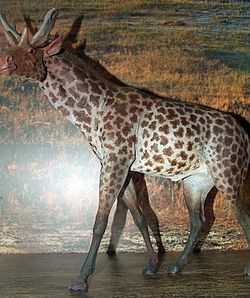| Pinjor Formation | |
|---|---|
| Stratigraphic range: Pleistocene ~ Pleistocene | |
| Type | Geological formation |
| Underlies | Tatrot Formation |
| Location | |
| Coordinates | 30°42′N76°48′E / 30.7°N 76.8°E |
| Approximate paleocoordinates | 29°12′N77°18′E / 29.2°N 77.3°E |
| Region | Hariyana, Punjab India, Himachal Pradesh, Punjab Pakistan, Chandigarh |
| Country | |
The Pinjor Formation is a Cenozoic geologic formation in India. The fossils of large crocodilians and mammals have been recovered from the formation. [1]











